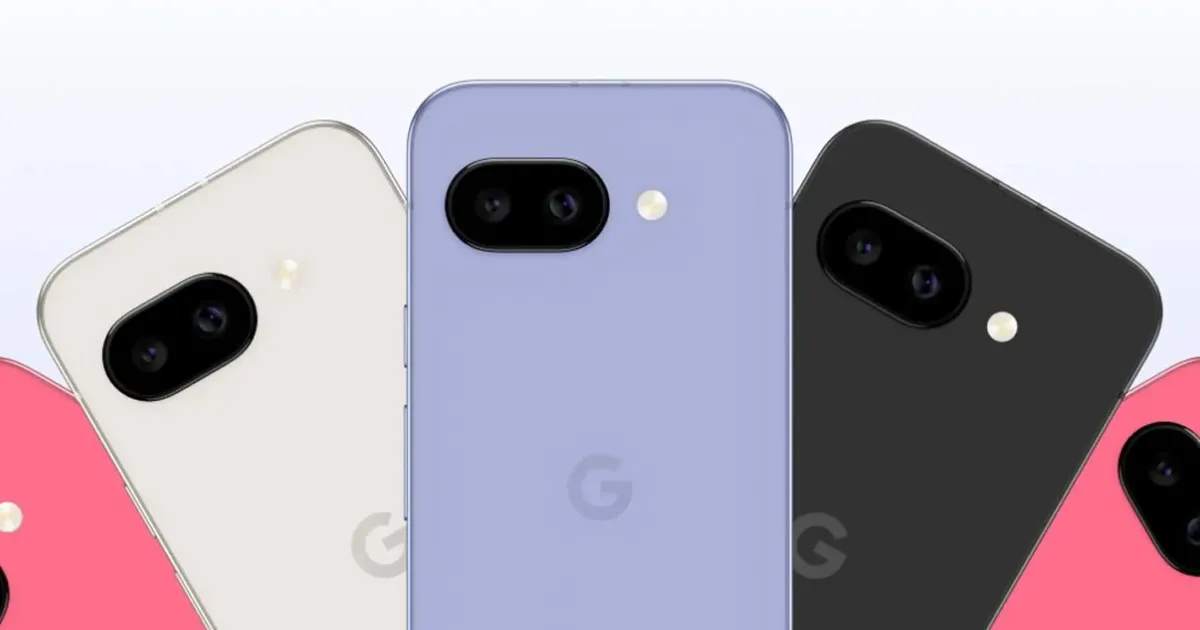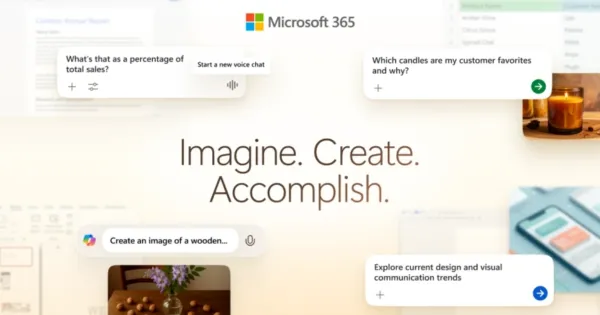Google bets big on AI with the new Pixel 10 smartphone

Google has unveiled its new Pixel 10 series, and with it, a clear statement: the future of smartphones is AI-first. Announced during Wednesday’s Made by Google livestream, the Pixel 10 lineup arrives just weeks ahead of Apple’s expected iPhone 17 reveal — a release widely expected to bring only modest updates like improved cameras, slimmer designs, and fresh colors. Google, meanwhile, is betting big on AI, weaving it deeply into nearly every aspect of its latest devices.
Pixel 10: AI at the Core
Building on last year’s Pixel 9 series, which introduced Gemini Live, image generation tools, and searchable screenshots, the Pixel 10 pushes further with a suite of AI-powered features. These updates are powered by the Tensor G5 chip, Google’s newest AI-focused processor and the first capable of running the Gemini Nano model directly on-device.
Among the standout features are:
- Visual Overlays – Gemini Live can now use the Pixel’s camera to highlight objects in the real world, such as street signs, and provide instant context.
- Magic Cue – A proactive AI assistant that surfaces contextual suggestions across apps like Gmail, Calendar, and Messages. Think of it as a reimagined Google Now, now supercharged with AI.
- Camera Coach – A real-time photography assistant that offers framing tips, composition ideas, and inspiration for better shots.
- Auto Best Take – AI captures and analyzes up to 150 images in seconds, selecting or blending the best shot from a group photo.
- Voice Translate – Live, on-device call translation that mimics each speaker’s voice, supporting more than 10 languages at launch.
- Take a Message – AI-generated transcripts and suggested follow-ups for missed or declined calls.
- Pixel Journal – A guided journaling app that uses AI to help users reflect, track goals, and find insights over time.
Other smaller but notable additions include AI writing assistance in Gboard, Notebook LM integration with Recorder, and enhanced screenshot tools through Pixel Studio.
AI Meets Everyday Life
Google emphasized that the Pixel 10 experience is designed to be proactive rather than reactive. For example, Magic Cue can remind users about errands, suggest restaurants and make reservations, or surface a playlist recommendation at just the right time. These suggestions appear seamlessly within apps or in the new Daily Hub feed.
In photography, Google is doubling down on authenticity with support for C2PA standards, which help verify the origin and edits of digital content — a move that aims to maintain trust in an era of AI-edited images.
And with features like Voice Translate, the Pixel 10 hints at becoming more than just a smartphone — potentially evolving into a real-time communication bridge across cultures and languages.
The Apple Comparison
While Google races ahead with AI-native experiences, Apple appears to be trailing behind. Siri’s long-awaited AI overhaul has been delayed until 2026, leaving iPhone users without comparable proactive assistance. Instead, Apple’s iPhone 17 is rumored to focus on more traditional hardware upgrades, cementing Google’s lead in positioning AI as the defining feature of the next smartphone generation.
What It Means
With the Pixel 10, Google is not just launching a new phone — it’s showcasing what happens when AI becomes the foundation of mobile computing. By baking intelligence into photos, calls, productivity, and daily routines, Google is reframing what consumers should expect from their devices.
Whether these features deliver on their ambitious promises will soon be put to the test, but one thing is clear: the smartphone race is no longer about megapixels or thinness. It’s about who can best put AI in your pocket.





